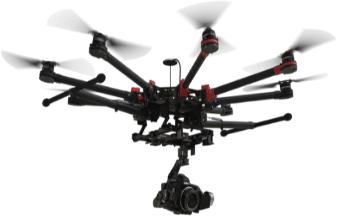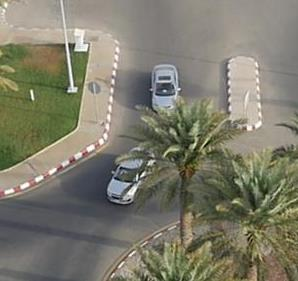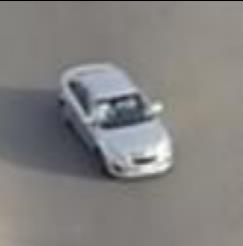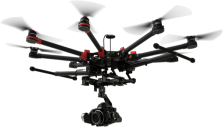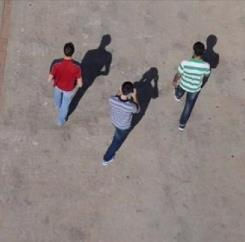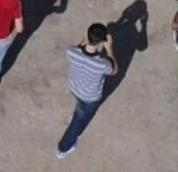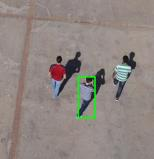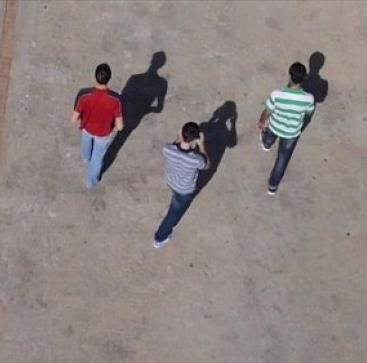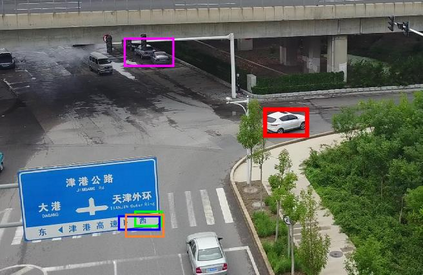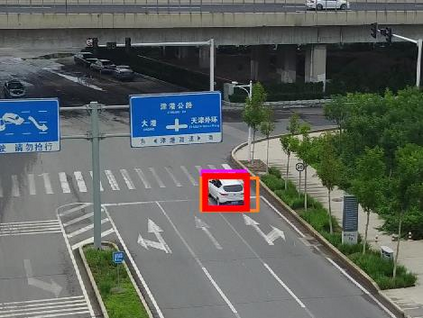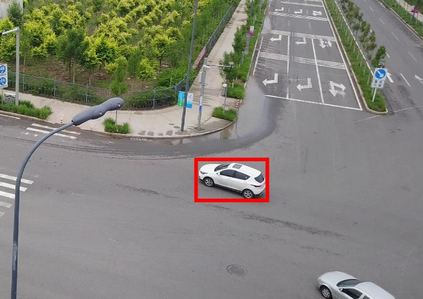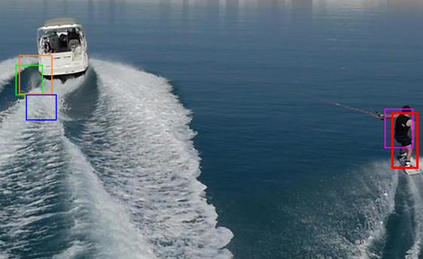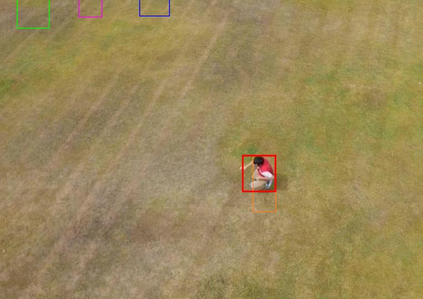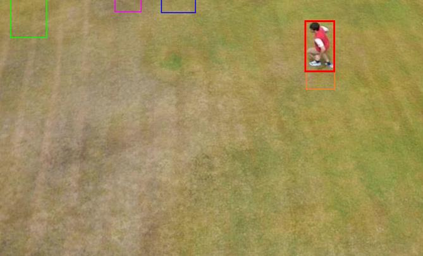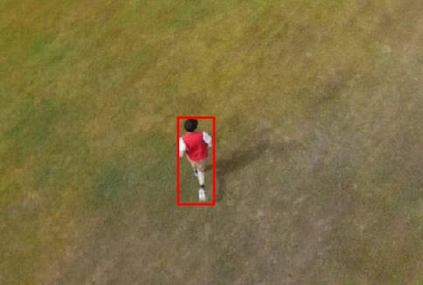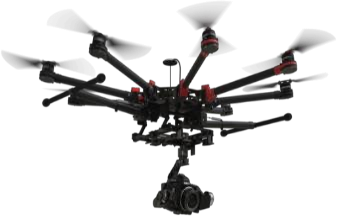In the domain of visual tracking, most deep learning-based trackers highlight the accuracy but casting aside efficiency. Therefore, their real-world deployment on mobile platforms like the unmanned aerial vehicle (UAV) is impeded. In this work, a novel two-stage Siamese network-based method is proposed for aerial tracking, \textit{i.e.}, stage-1 for high-quality anchor proposal generation, stage-2 for refining the anchor proposal. Different from anchor-based methods with numerous pre-defined fixed-sized anchors, our no-prior method can 1) increase the robustness and generalization to different objects with various sizes, especially to small, occluded, and fast-moving objects, under complex scenarios in light of the adaptive anchor generation, 2) make calculation feasible due to the substantial decrease of anchor numbers. In addition, compared to anchor-free methods, our framework has better performance owing to refinement at stage-2. Comprehensive experiments on three benchmarks have proven the superior performance of our approach, with a speed of around 200 frames/s.
翻译:在视觉跟踪领域,大多数深层次的学习跟踪器都强调准确性,但忽略了效率。因此,它们在无人驾驶飞行器(无人驾驶飞行器)等移动平台上的实际世界部署受到阻碍。在这项工作中,为空中跟踪提出了一个新的两阶段的Siamse网络方法,为高质量锚提案的产生提出了第1阶段,为改进锚提案提出了第2阶段。与基于锚的方法不同,有许多预先确定的固定锚,我们的“无优先”方法可以(1) 在适应性锚生成的复杂情况下,提高不同大小物体,特别是小型、隐蔽和快速移动物体的强度和通用性。2 由于锚号数量大幅下降,计算成为可行。此外,与无锚方法相比,我们的框架由于在第2阶段的改进而表现更好。关于三个基准的全面试验证明了我们方法的优异性性表现,其速度约为200个框架/秒。

